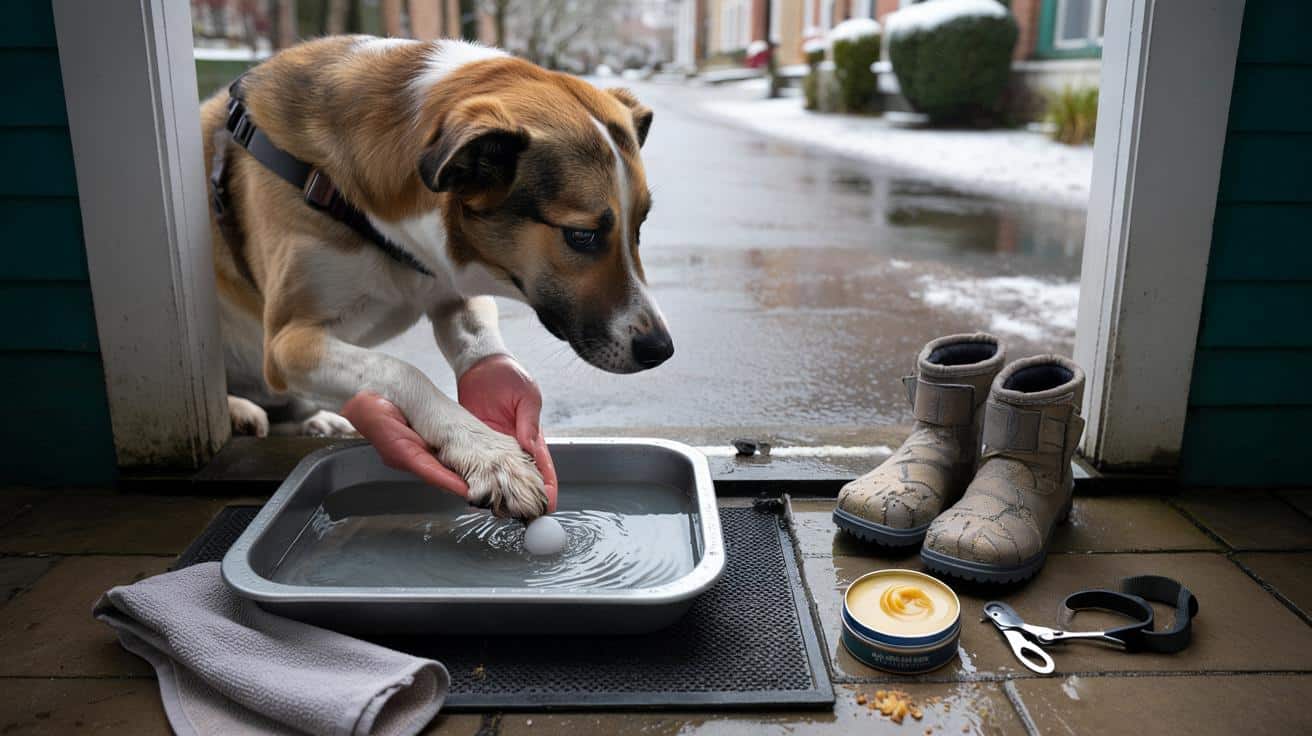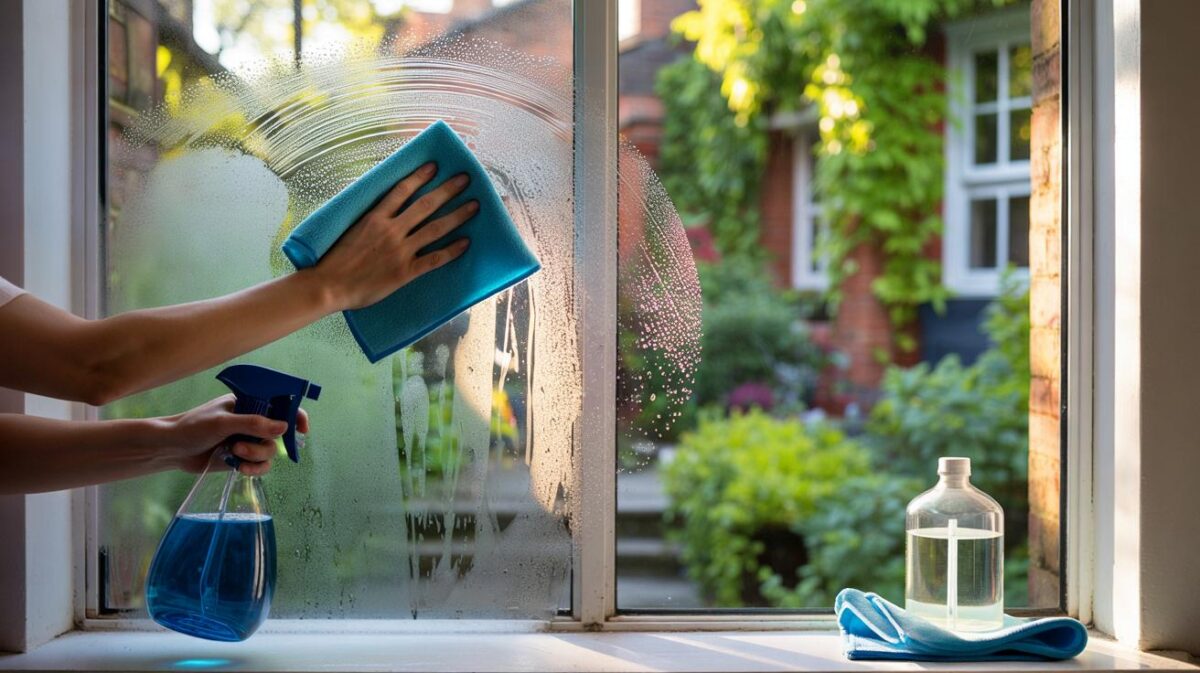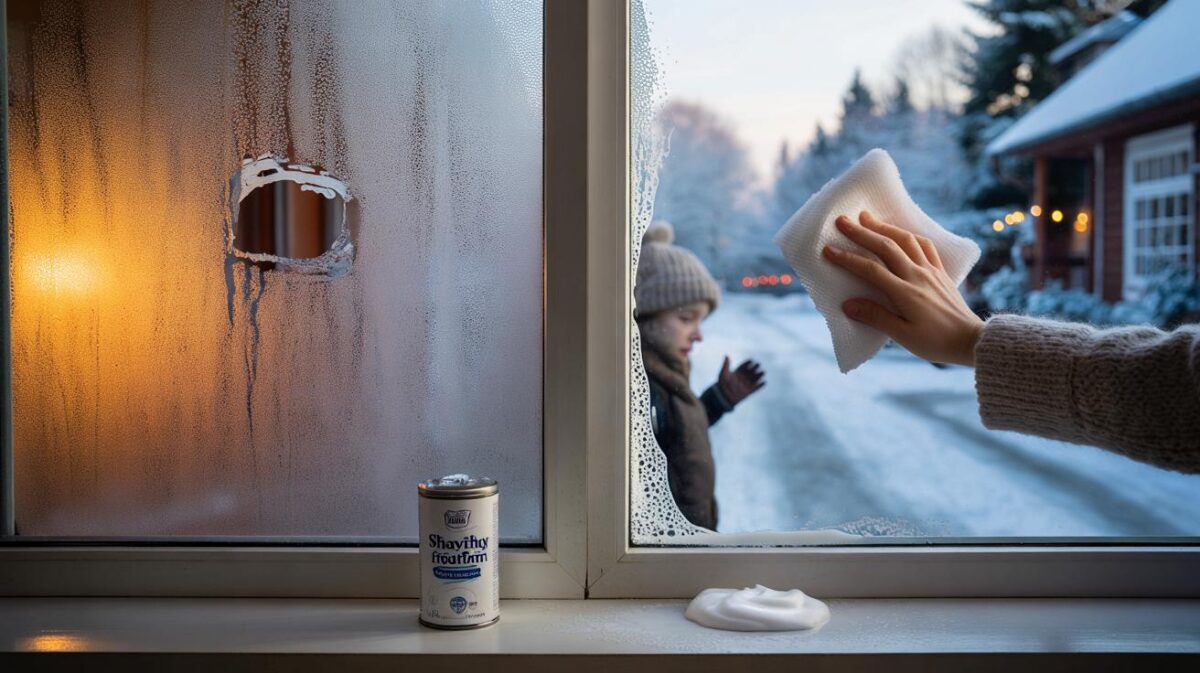Pavements shine. Dogs slow down, lick their feet, and stare at you for help that never seems simple.
Across the UK, vets see the same cold-weather pattern each year: stiff skin, salt burn, tiny cracks, and limps that arrive after an ordinary walk. The risks look mundane, yet they stack up fast on wet, gritty streets. Here is what practitioners advise, and how you can turn a messy season into a safe routine.
Why winter streets punish paws
Paw pads are tough, not indestructible. They are packed with keratin and fat for shock absorption. Cold air reduces elasticity. Damp surfaces worsen it. Tiny fissures open under pressure. Road salt then draws moisture out of the skin and stings the raw edges. Dogs lick the irritation and swallow what sits on the fur between their toes.
Grit works like sandpaper. Ice slices. Long fur between the toes traps snow and forms compact “ice balls”. Nails that run too long tilt the paw and load one spot more than the rest. That mix leads to a stop‑start gait, then a limp, then a shorter walk than planned.
Cold stiffens skin, grit abrades, salt dehydrates. That trio turns a normal walk into a stinging obstacle course.
What salt and ice actually do
Most road treatments use chlorides. These crystals lodge in micro‑cracks and keep pulling water out of the tissues. Calcium chloride heats when wet and can sting more. De‑icer residue clings to hair, then rides home on the carpet. Antifreeze puddles near cars add a separate danger. Ethylene glycol tastes sweet to some dogs and poisons quickly.
What vets say to do before, during and after a walk
Before you step outside
- Trim the fur between the toes so snow cannot mat into painful balls.
- Keep nails short so the paw lands flat and weight spreads evenly.
- Apply a thin barrier balm to clean pads. Look for simple ingredients such as beeswax, shea butter, and plant oils.
- Use boots if your dog tolerates them. Pick a flexible sole, a snug closure above the carpus, and a fit that does not twist.
- Warm up indoors for two minutes with gentle pacing to improve micro‑circulation.
A thin film of balm resists grit and damp. Thick globs turn slippery and invite licking.
While you are out
- Favour routes with less grit. Choose sunlit pavements and park paths with sand or natural ground.
- Pause to remove ice from between the toes. Use your fingers, not snow, which adds more water.
- Break one long walk into two shorter ones if the wind bites.
- Watch for paw lifting, slow starts, or repeated licking. These signs mean the surface hurts.
Back at the door
- Rinse each paw in lukewarm water for around 10 seconds to remove salt and chemicals.
- Pat dry with a microfibre towel, including between the toes.
- Inspect for pale patches, redness, soft scabs, or fine cracks. Touch each pad gently and note any flinch.
- Massage in a small amount of nourishing balm if the skin feels tight.
Red flags and first actions
| Sign | Likely cause | Action within 24 hours |
|---|---|---|
| Persistent licking of one paw | Salt sting, lodged grit, small crack | Rinse, dry, inspect with light; rest; monitor overnight |
| Sudden paw lifting outside | Ice burn, sharp grit | Move off treated pavement; check for ice balls and cuts |
| Whitish or grey, waxy pad | Over‑drying, salt dehydration | Short, frequent rinses; thin moisturising balm; avoid long walks |
| Bleeding or blistering | Cut, freeze injury | Cover lightly; keep clean; call your vet the same day |
Common mistakes that make things worse
- Oversized boots that spin and rub. They cause sores and trap grit.
- Hot rinses that feel soothing at first but irritate damaged skin.
- Alcohol wipes on cracked pads. They sting and dry the tissue further.
- Heavy petroleum jelly layers. Dogs lick it, and it attracts grit.
- Direct heat from radiators or hairdryers pressed close to the paw. Gentle warmth at a distance works better.
- Harsh floor cleaners in the hallway. They compound irritation after a salted walk.
Rinse, dry and look. That routine prevents more winter limps than any single gadget or trend.
When you should phone the vet
Get professional help if a wound bleeds, if a pad turns black, chalk‑white or blue, if blisters appear, or if pain persists beyond a day. Call sooner if you suspect a chemical exposure or a foreign body. Vets can clean deeper cracks, prescribe the right antiseptic, and apply protective dressings. Quick care shortens recovery and reduces the risk of infection.
Boots, balms and routes: practical picks that work
How to teach a dog to wear boots
Start inside. Fit one boot for two minutes. Reward calm standing and a few steps. Add the second boot. Work up to four boots over a week. Keep sessions short and cheerful. Many dogs accept boots once they link them with going out. If your dog still resists, a barrier balm and careful route choices cover most situations.
What to put on the ground at home
For driveways and steps, pick a pet‑friendly de‑icer that avoids harsh chlorides. Spread sparingly and sweep up residue. Plain sand adds grip without chemistry. Place a washable runner by the door and a shallow tray with lukewarm water for quick rinses. That setup saves time on busy mornings.
Choosing a balm that will not cause problems
Short ingredient lists help. Beeswax provides a breathable barrier. Shea butter softens. Plant oils add glide without slick surfaces. Avoid strong scents that encourage licking. Test a tiny amount first. The goal is a matte finish, not a glossy film.
A 10‑minute winter paw plan you can actually keep
- Minute 1–2: Quick nail check and snip if needed.
- Minute 3: Snip any long hairs between toes.
- Minute 4: Light balm on clean pads.
- Minute 5–7: Short, brisk walk on calmer streets; avoid heavy grit lines.
- Minute 8–9: Lukewarm rinse, then pat dry.
- Minute 10: Inspect under bright light and reward your dog.
Extra context to help you judge risk
Wind chill matters more than the number on the app. Wet cold bites faster than dry frost. Small breeds, seniors, thin‑coated dogs, and pets with past paw issues struggle sooner. Sturdy working breeds cope longer, yet still burn on salted corners. Adjust distance and pace to the slowest, not the keenest, member of the team.
Route choice pays every day. Map two or three “low‑salt loops” that pass sunny pavements, park edges and grit‑free lanes. Swap kerbside crossings for mid‑block where run‑off pools less. If a street sparkles with crystals, cross over or turn back. Five metres can change the surface and the outcome for four small feet.








